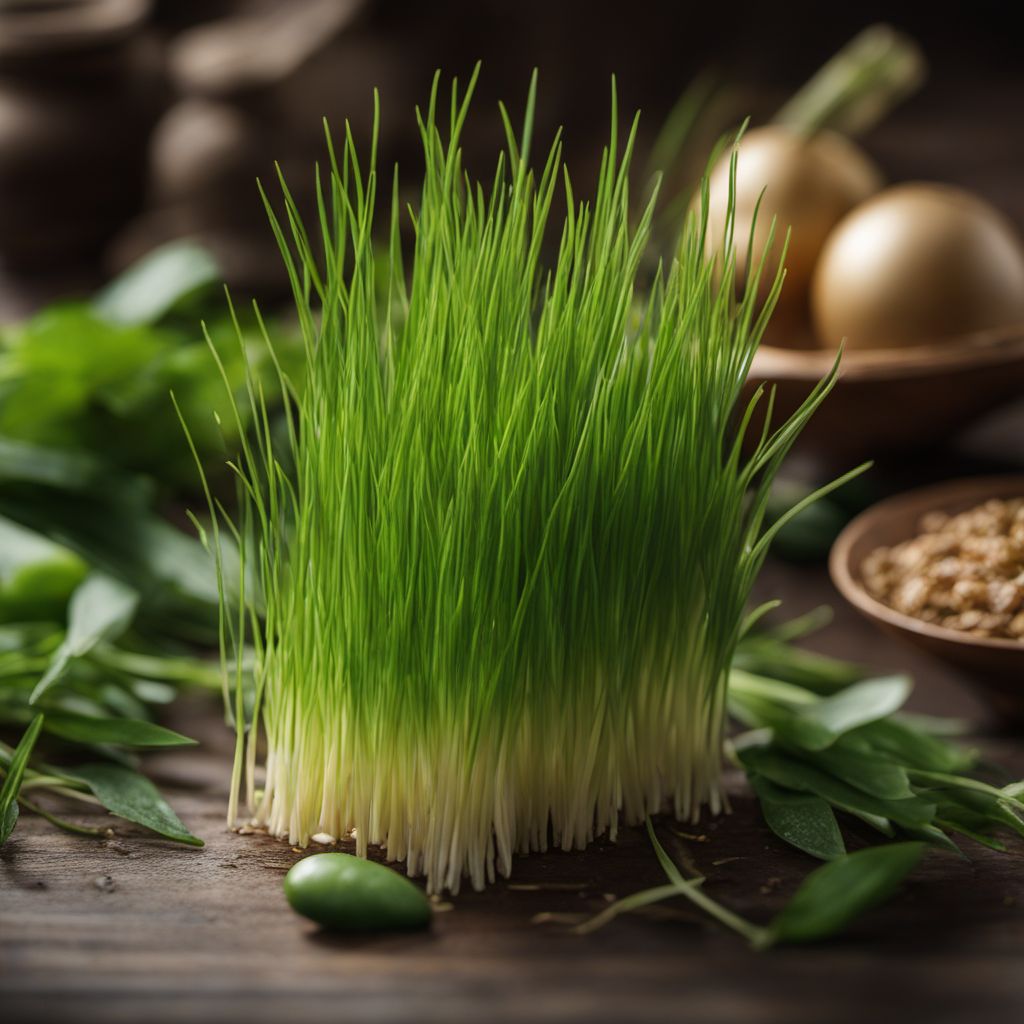
Ingredient
Melientha grass
The Fragrant Herb: Unveiling the Wonders of Melientha Grass
Melientha grass is a slender, perennial herb with long, narrow leaves that grow in tufts. It features a vibrant green color and a delicate, grassy appearance. The leaves are smooth and emit a sweet, floral fragrance when crushed. The texture of the grass is tender and slightly fibrous, providing a pleasant chewiness. When used in cooking, it imparts a subtle, refreshing taste that is reminiscent of a mix between lemongrass and vanilla.
Origins and history
Melientha grass has its origins in Southeast Asia, particularly in countries like Thailand, Vietnam, and Malaysia. It has been used for centuries in traditional Asian cuisines, where it is highly valued for its aromatic properties. In addition to its culinary uses, melientha grass holds cultural significance in various indigenous communities, where it is used in spiritual rituals and ceremonies.
Nutritional information
Melientha grass is a low-calorie ingredient that adds flavor without significantly impacting the overall nutritional content of a dish.
Allergens
There are no known allergens associated with melientha grass.
How to select
When selecting melientha grass, look for vibrant green leaves that are free from browning or wilting. The leaves should have a strong, sweet fragrance when gently crushed. Avoid any grass with yellowing or dried-out patches, as this indicates poor quality.
Storage recommendations
To maintain the freshness of melientha grass, store it in a plastic bag or airtight container in the refrigerator. It can stay fresh for up to a week when stored this way.
How to produce
Melientha grass can be grown by planting seeds or young plants in well-draining soil with ample sunlight. Regular watering and occasional fertilization will help promote healthy growth. It is best suited for tropical or subtropical climates.
Preparation tips
To use melientha grass, remove the tough ends of the stalks and discard any discolored leaves. The remaining leaves can be finely chopped or bruised to release their aromatic oils. Melientha grass is commonly used in soups, curries, stir-fries, and marinades. It can also be infused into teas or used as a fragrant garnish for desserts.
Substitutions
Lemongrass can be used as a substitute for melientha grass, although it will have a slightly different flavor profile. Lemongrass has a stronger citrusy taste and lacks the subtle sweetness found in melientha grass.
Culinary uses
Melientha grass is commonly used in Southeast Asian cuisines, particularly in dishes like Thai Tom Yum soup, Vietnamese Pho, and Malaysian Rendang. It adds a unique fragrance and flavor to these dishes, enhancing their overall taste.
Availability
Melientha grass is commonly available in Southeast Asian countries, including Thailand, Vietnam, and Malaysia. It can also be found in specialty Asian grocery stores in other regions.
More ingredients from this category » Browse all

Papaya leaves
The Healing Green

Sowthistle leaves
Vibrant Greens Packed with Nutrients
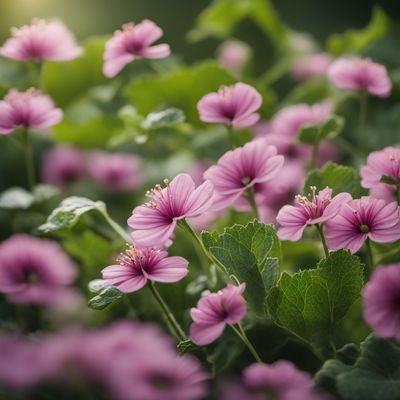
Mallow leaves
Velvety Greens with a Mild Bite
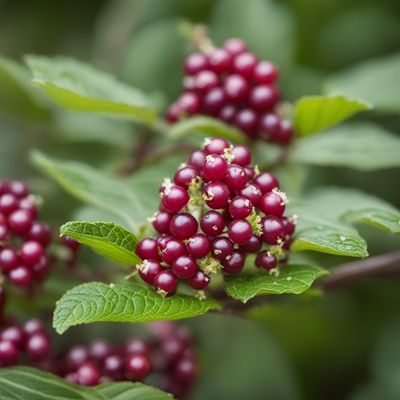
Pokeweed
The Wild Wonder: Pokeweed
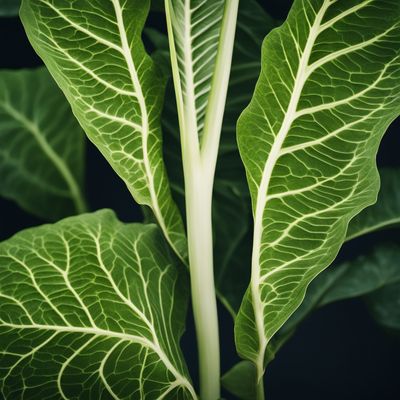
Taro leaves
The Verdant Delicacy: Taro Leaves
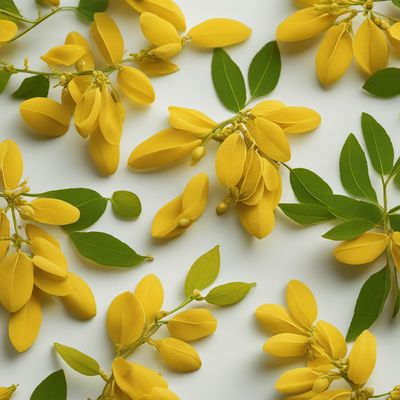
Senna leaves
The Natural Laxative: Unveiling the Power of Senna Leaves
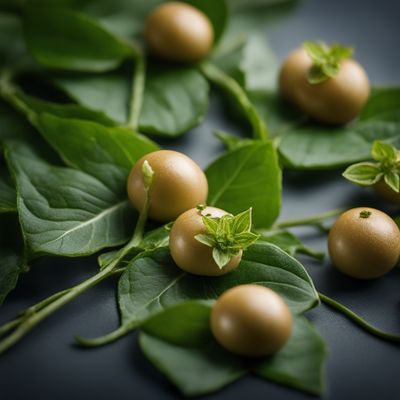
Blumea leaves
The Aromatic Herb: Blumea Leaves

Nightshade, black
The Dark Delight: Unveiling the Secrets of Black Nightshade

Chayote leaves
Versatile Green Delight: Chayote Leaves
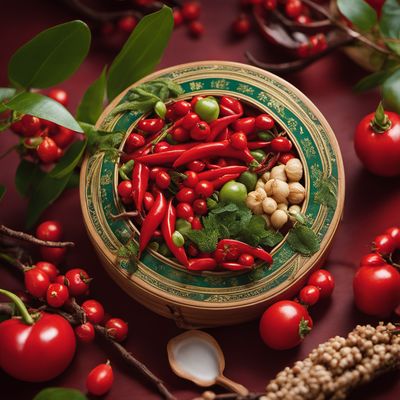
Box thorn
Nature's Tang
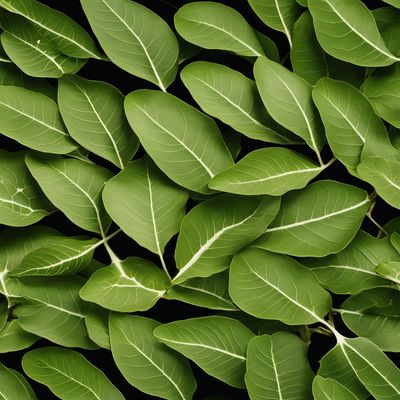
Baobab leaves
The Nutritional Powerhouse: Baobab Leaves Unveiled
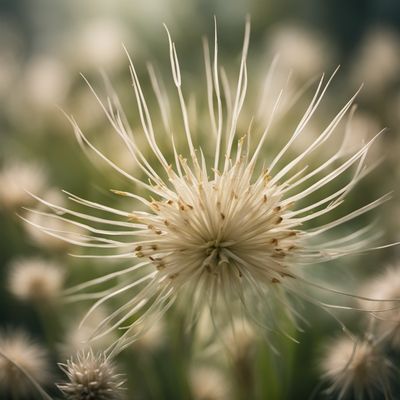
Salsify leaves
The Verdant Delight: Unveiling the Hidden Potential of Salsify Leaves